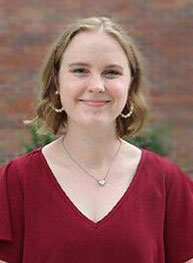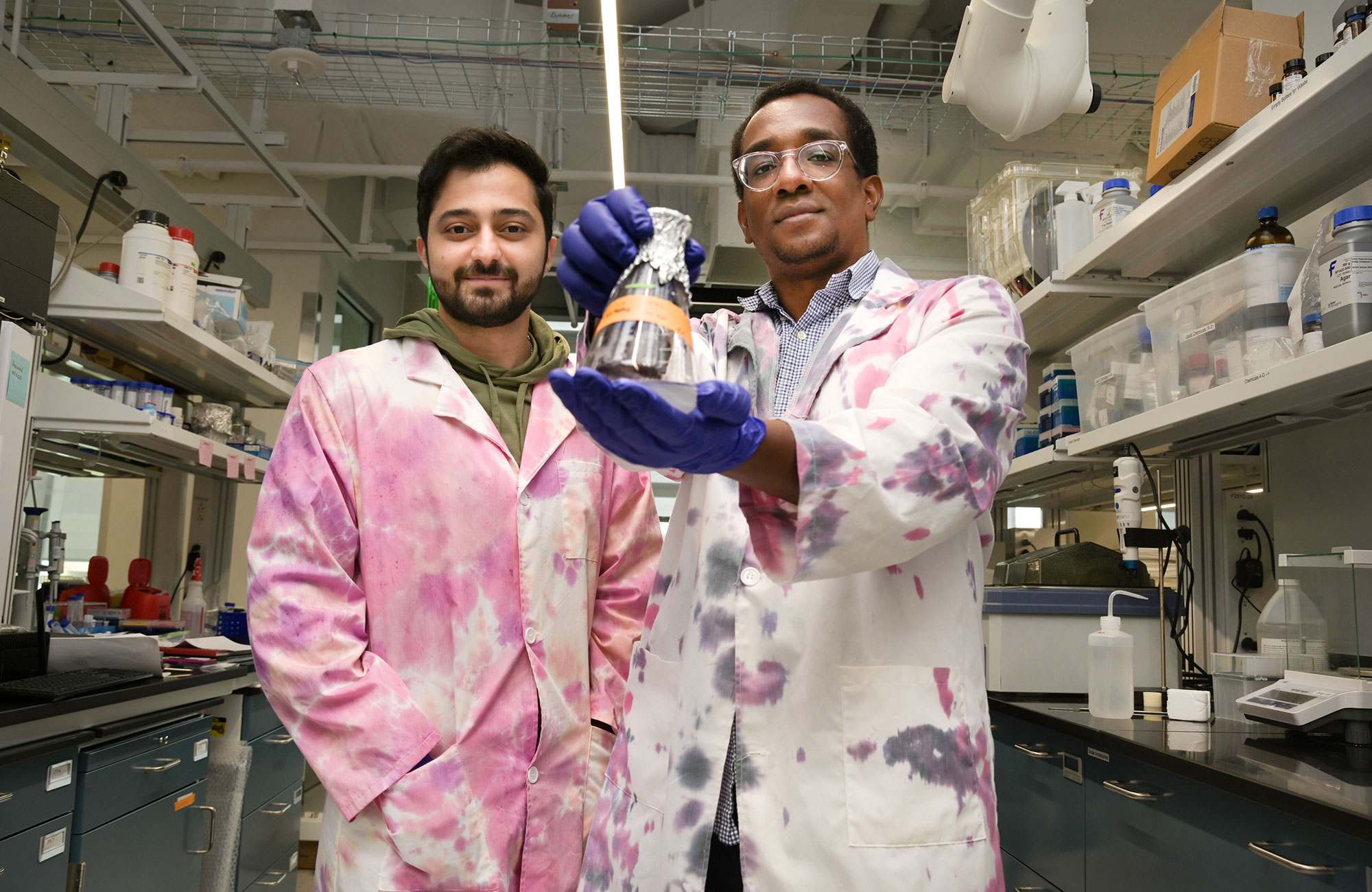A University of Florida professor is developing a fast, powerful tool for blocking harmful human enzymes, a process that could result in better medicines and more precise treatments for diseases.
Researcher Carl Denard, Ph.D., a chemical engineering assistant professor, and his team have developed High-throughput Activity Reprogramming of Proteases (HARP). This platform allows researchers to find potent, selective blockers of proteases (a kind of enzyme) linked to human diseases much faster and with fewer false positive hits.
Funded by the National Institutes of Health’s MIRA (Maximizing Investigators’ Research Award) and National Science Foundation’s CAREER award, Denard’s research was published late last month by the American Chemical Society’s ACS Publications.
Proteases are enzymes that cleave other proteins.

“They are involved in almost every biochemical pathway in your cells — activating other enzymes, activating proteins, degrading proteins to recycle, activating immune responses,” Denard said.
HARP is a yeast-based system that helps scientists quickly find and study strong, specific inhibitors for proteases. By pulling out nanobodies (tiny antibody-like proteins) that can shut down a target enzyme, HARP can speed the development of new drugs for viral infections, cancers or inflammatory diseases, giving clinicians quicker access to safer, more precise treatments.
Developing drugs that block proteases is difficult. Scientists spend much time testing different molecules that do not work.
With HARP, if a molecule in the yeast successfully blocks one of those proteases, the yeast shows a signal on its surface, so scientists can determine which yeast cells contain effective inhibitors. This allows scientists to screen large libraries of possible inhibitor molecules and quickly find the ones that work.
“What HARP has done, at least in this first iteration, is directly isolate inhibitors of proteases from a pool of binders,” Denard said.
Also leading the project is former Ph.D. candidate/now Ph.D. graduate Samantha Martinusen. The team is using computer modeling and gene sequencing to understand exactly how these inhibitors work and why they are effective. Denard said they used UF’s supercomputer, HiPerGator, for the sequence analysis.
“Proteases are important for regulating every process. But they get deregulated, which means they also are involved in disease,” Denard said. “The other part of it is a lot of viruses use proteases as one of the enzymes to progress to the virus’ cycle. Example: HIV. HIV protease was one of the targets for drugs back in the day. The Pfizer drug is an inhibitor of one of the COVID proteases.”
Inhibitors are used across the board to address infections, viruses, autoimmune disease and cancer — as long as you can define a target, Denard said.
“HARP’s advantage is isolating these — you get to them, you make them more efficient, Denard said. “We could, in principle, target proteases that are involving any disease as long as targeting that protease leads to a beneficial therapeutic outcome.”
And targeted therapeutics, he added, “is ultimately the goal.”

